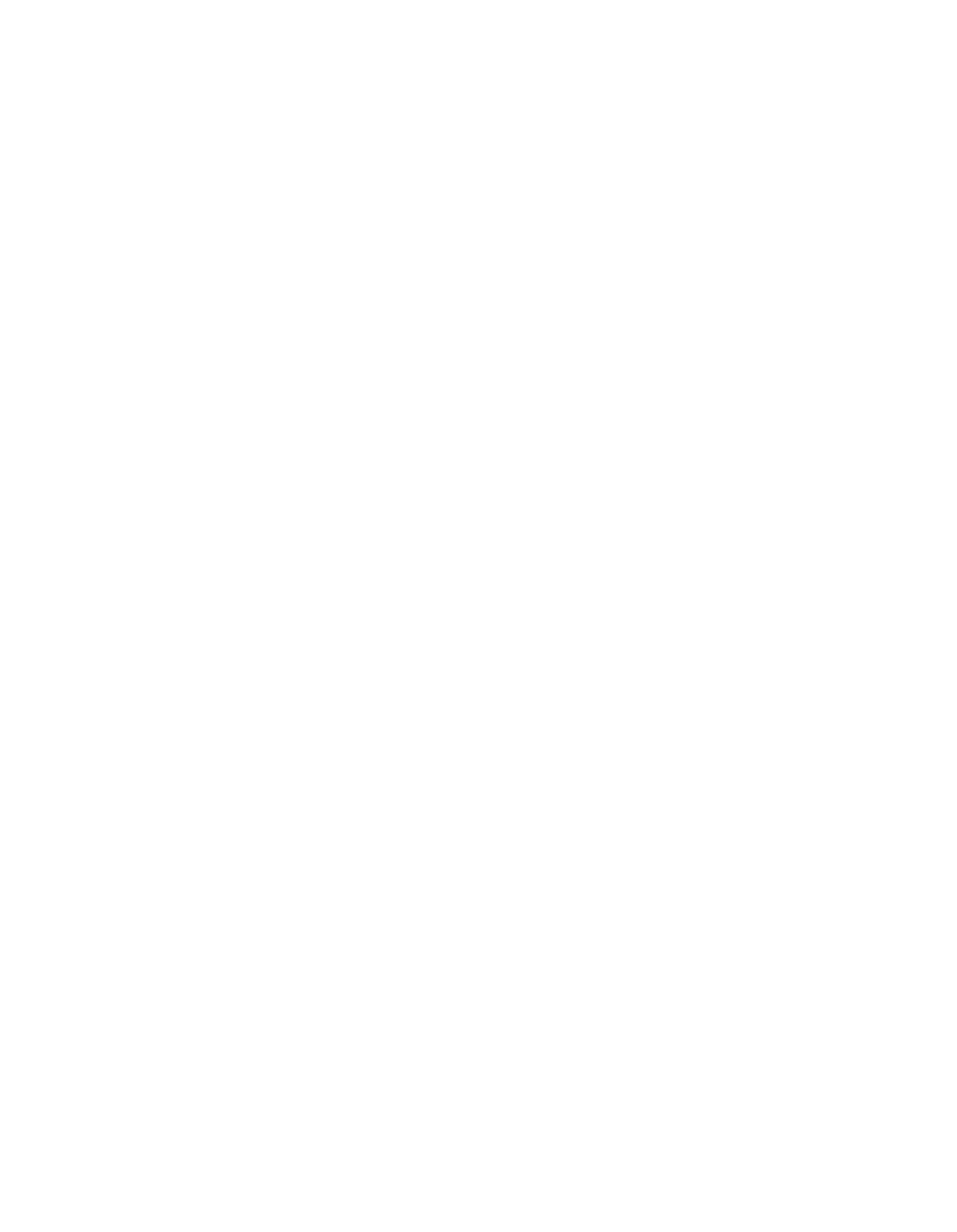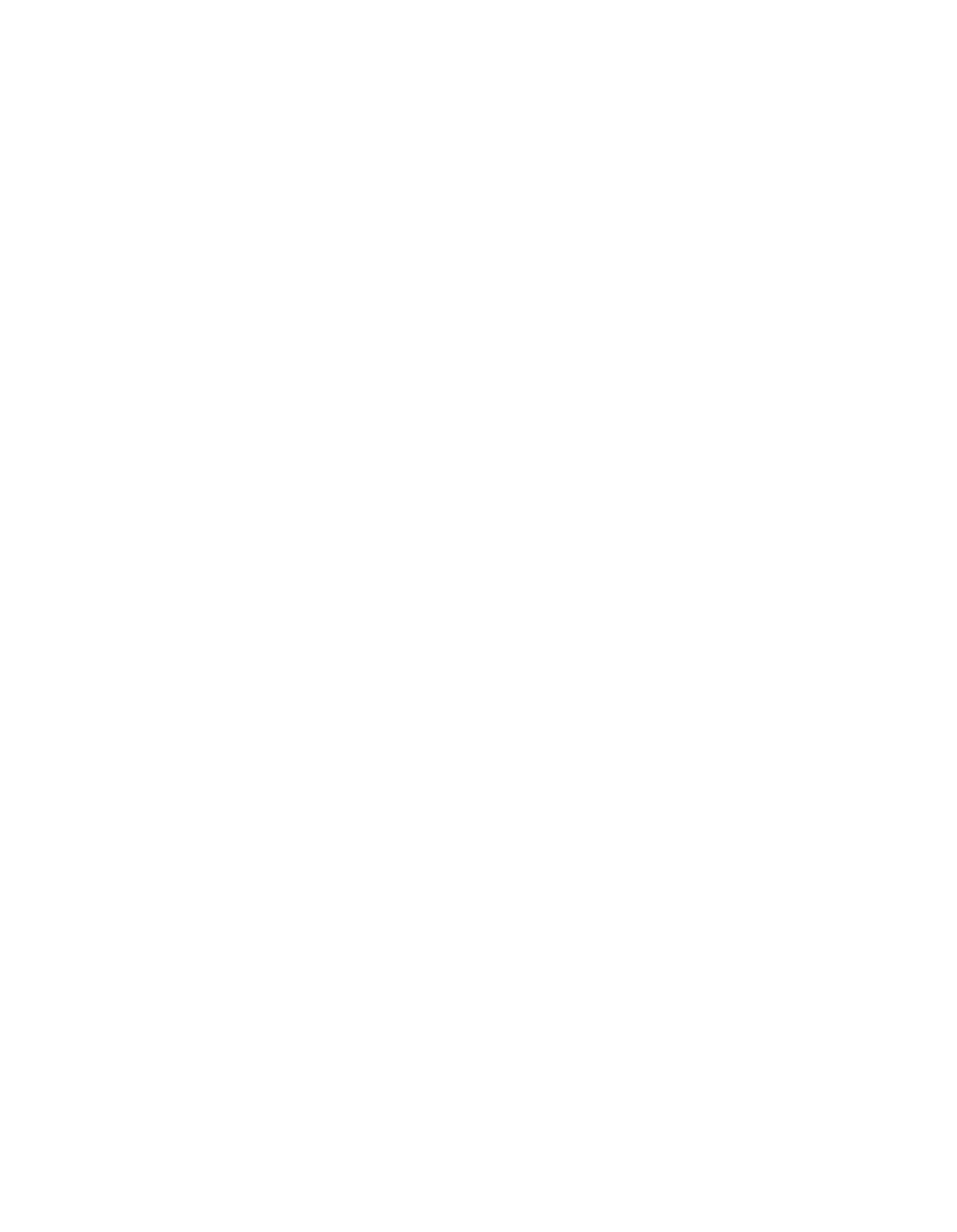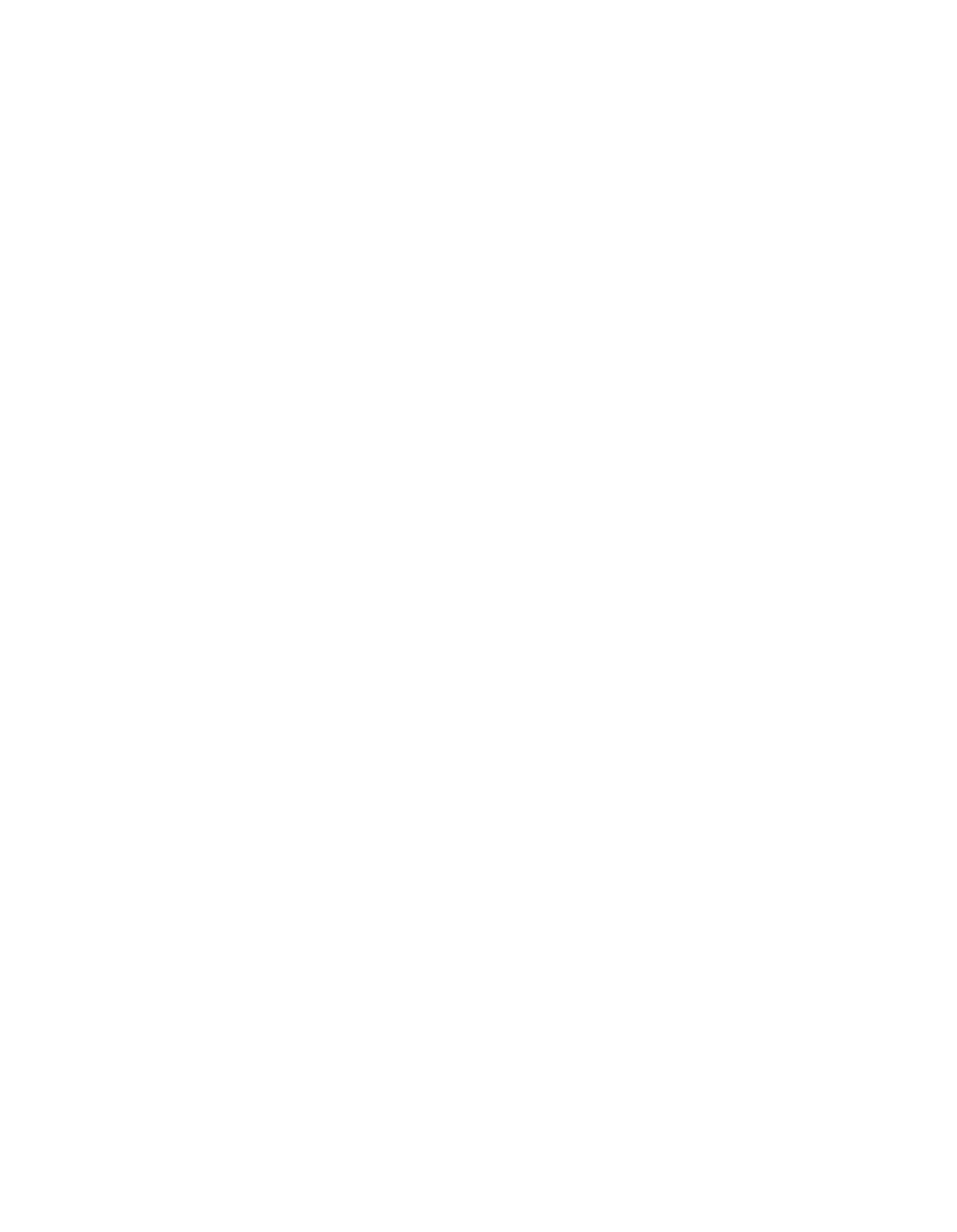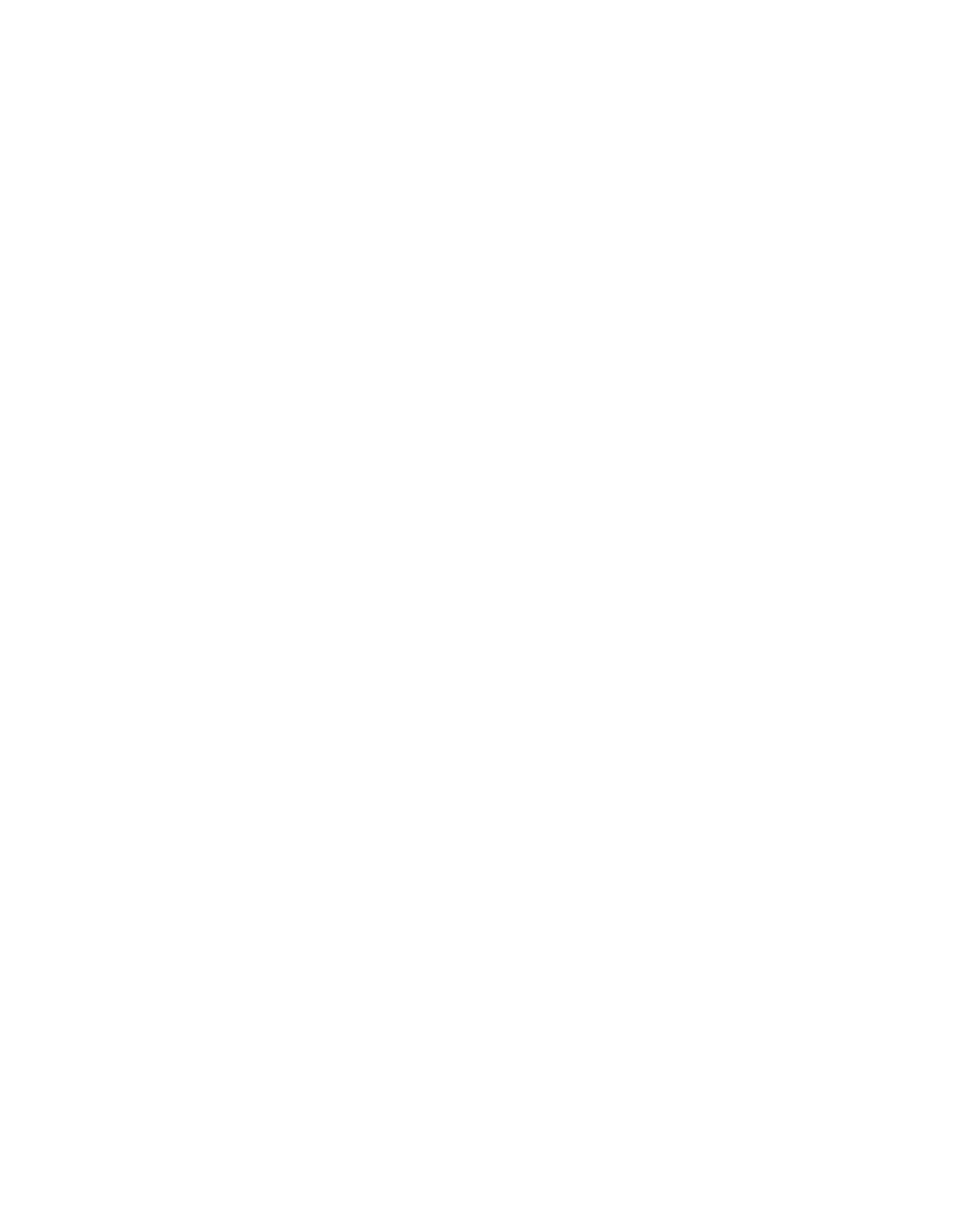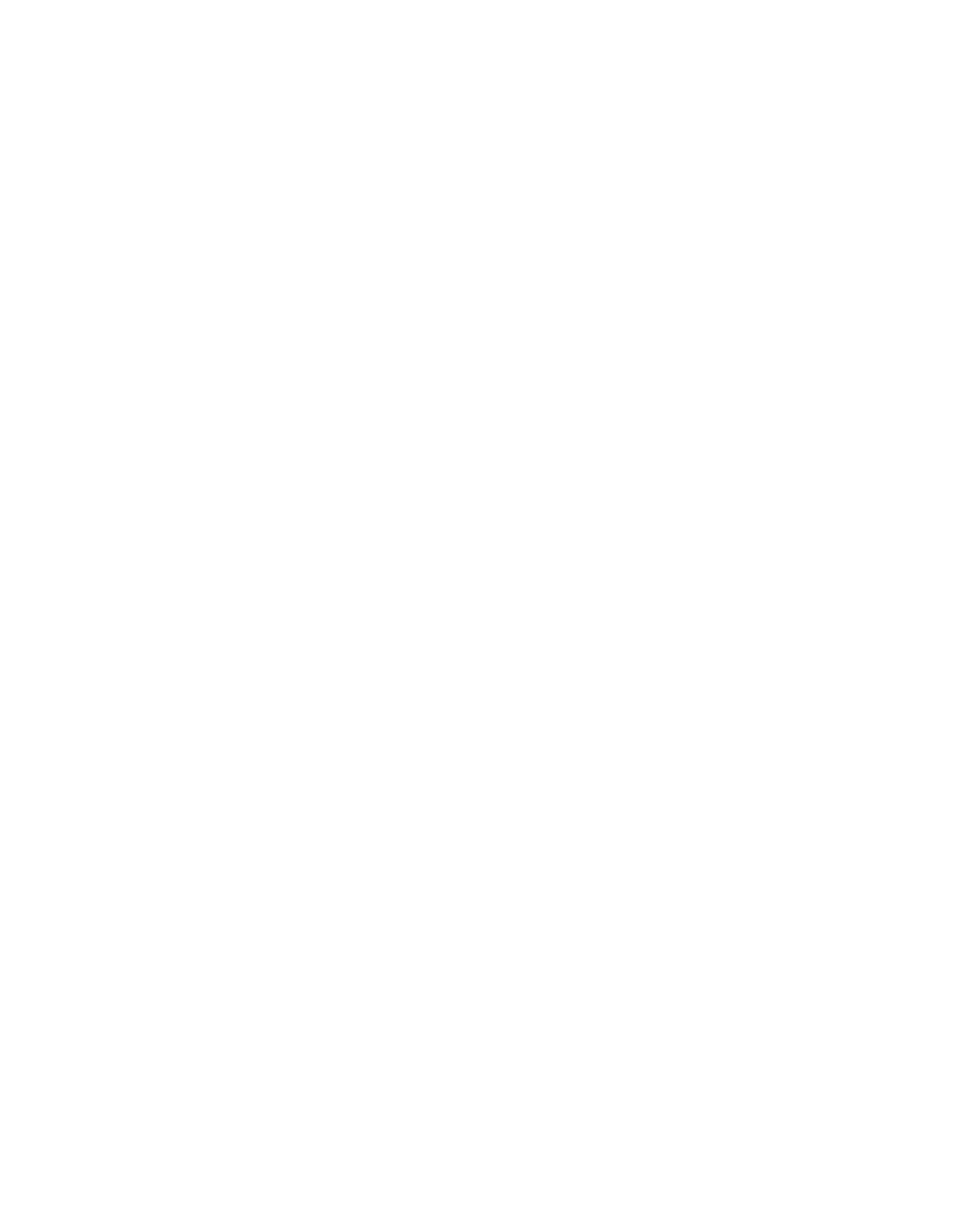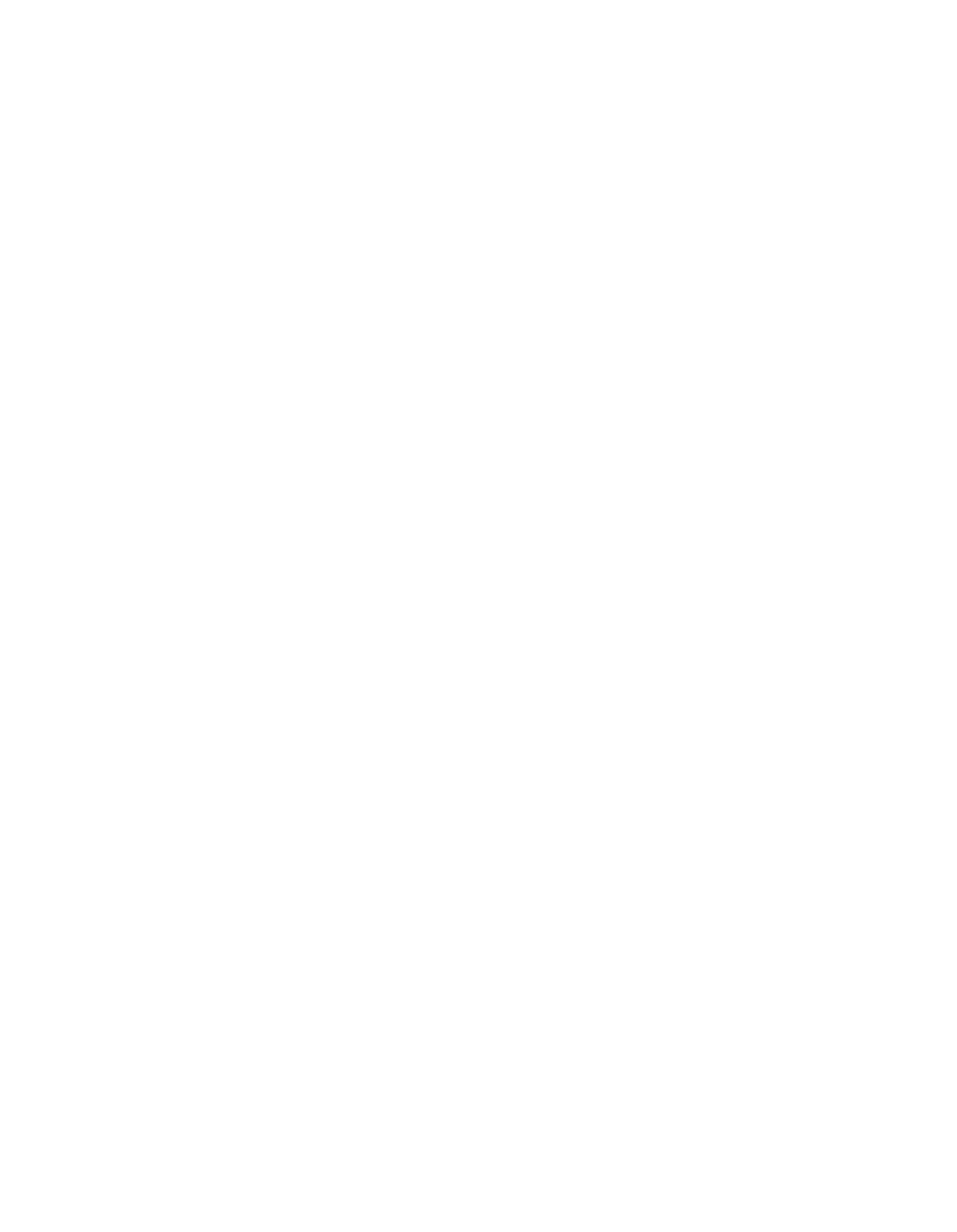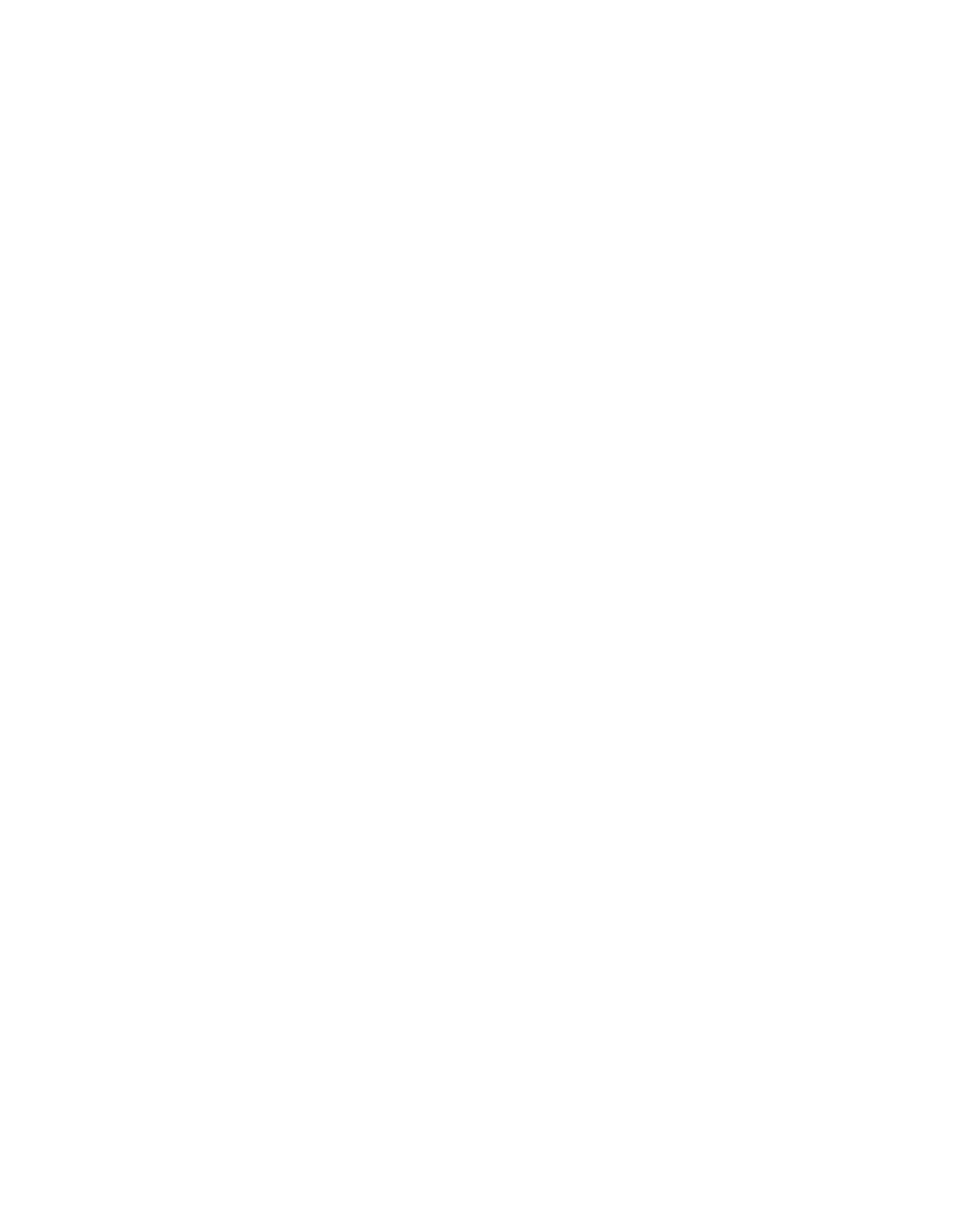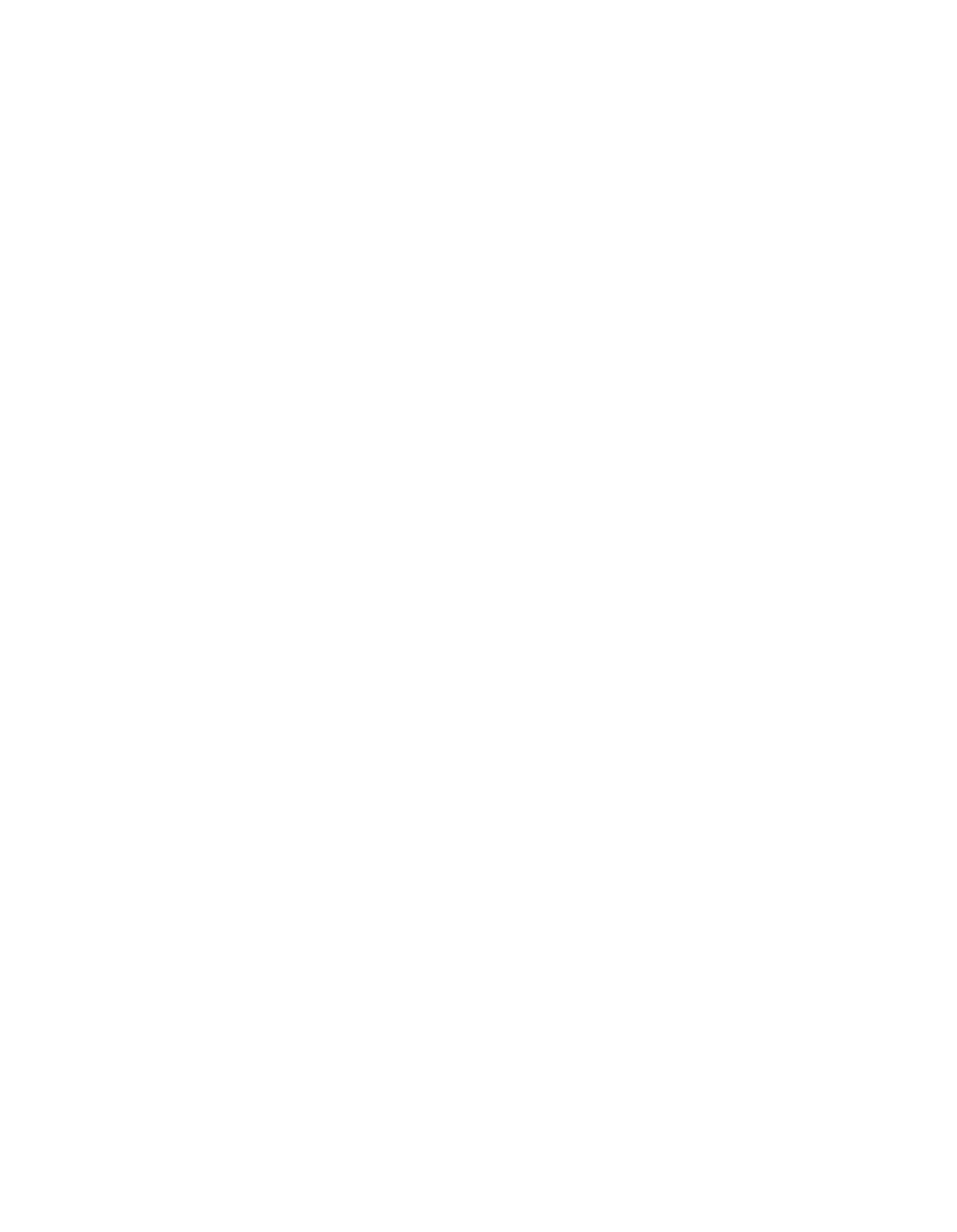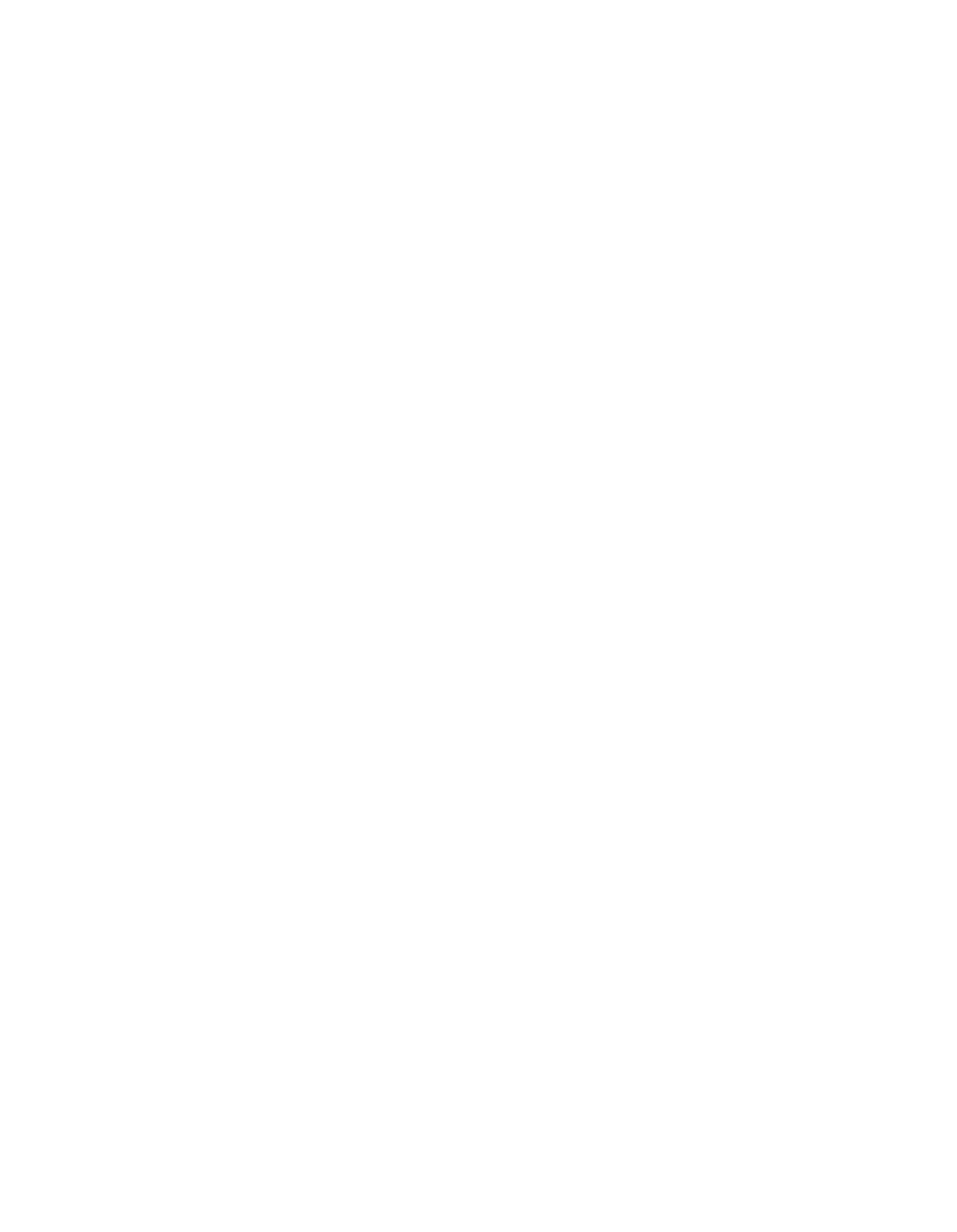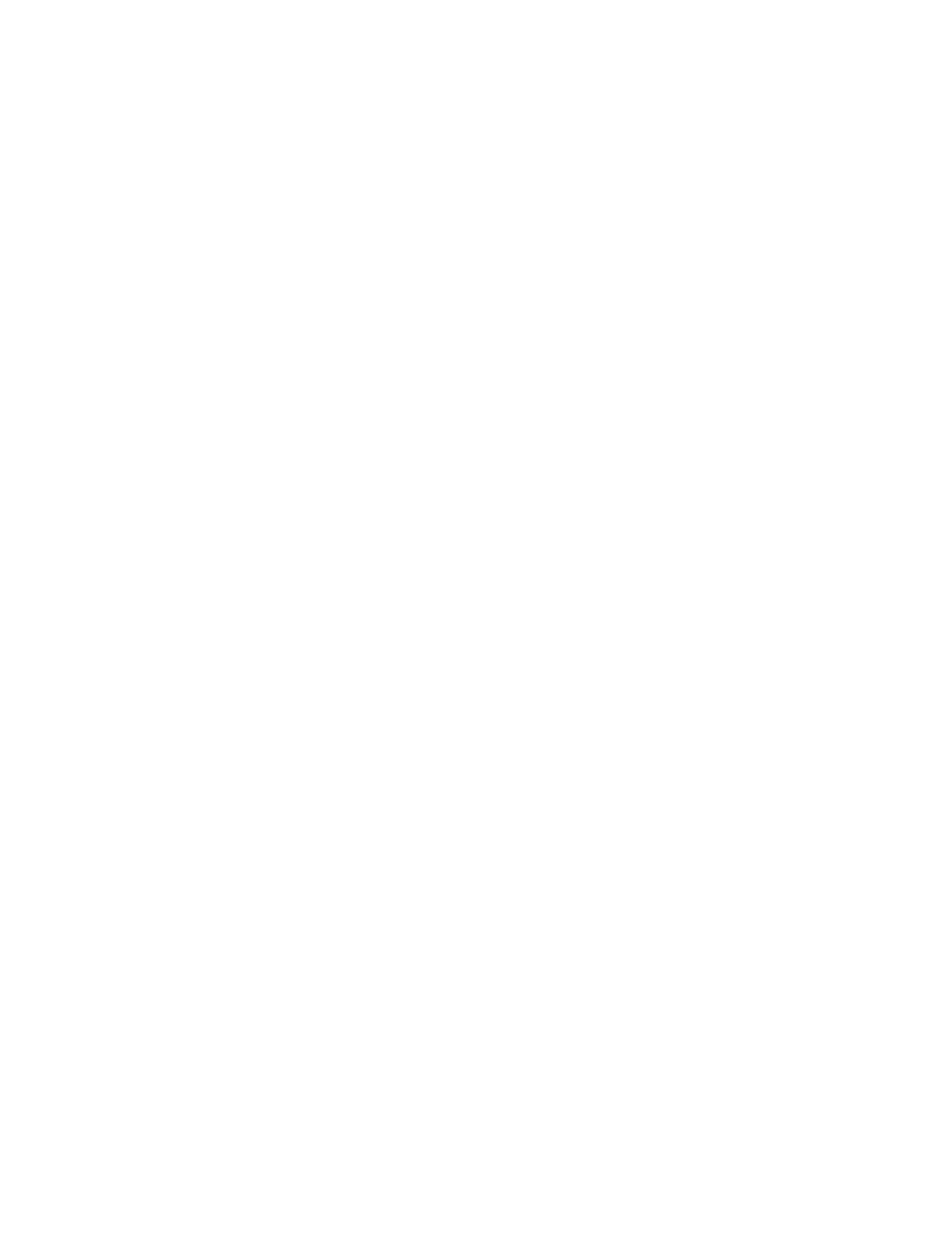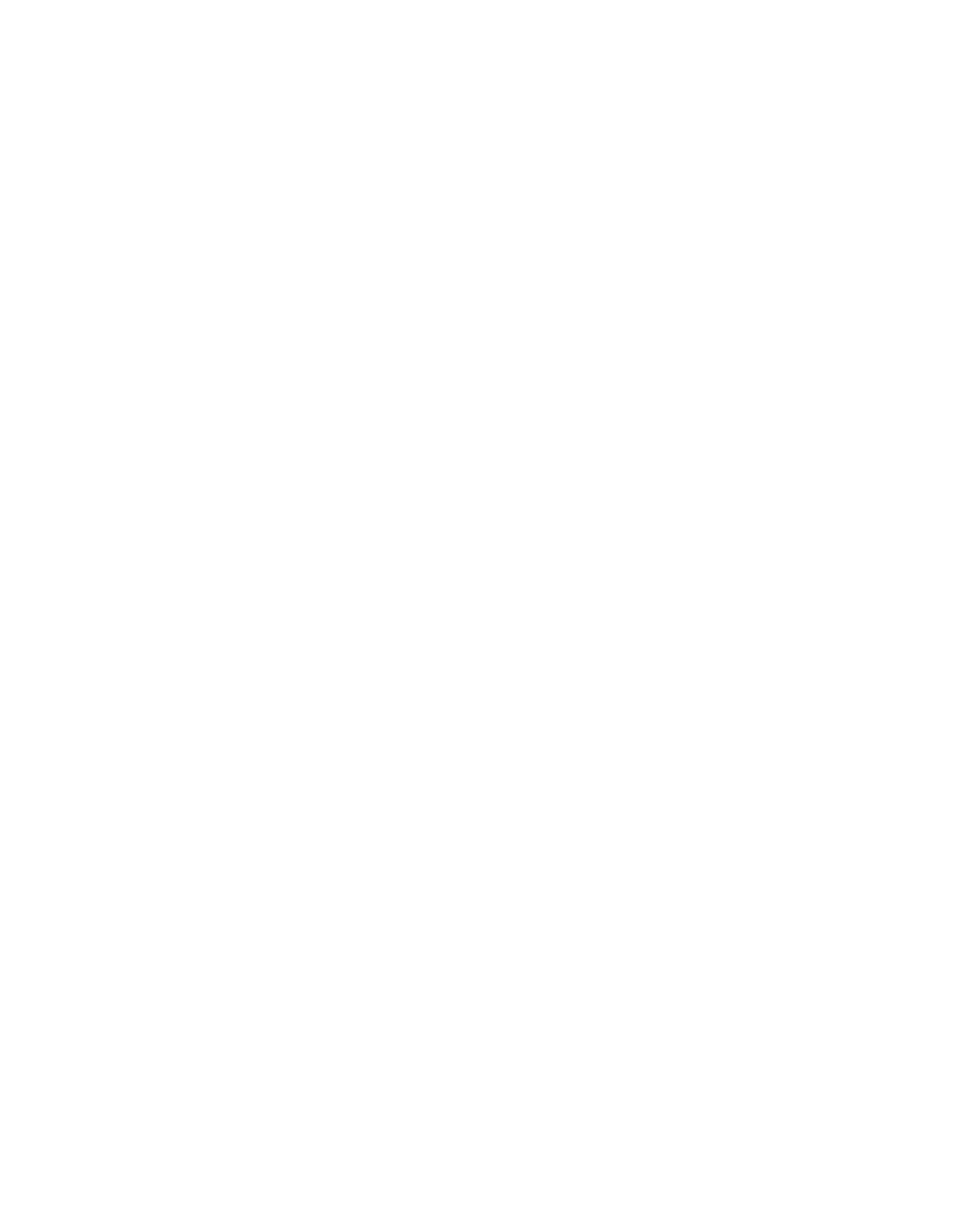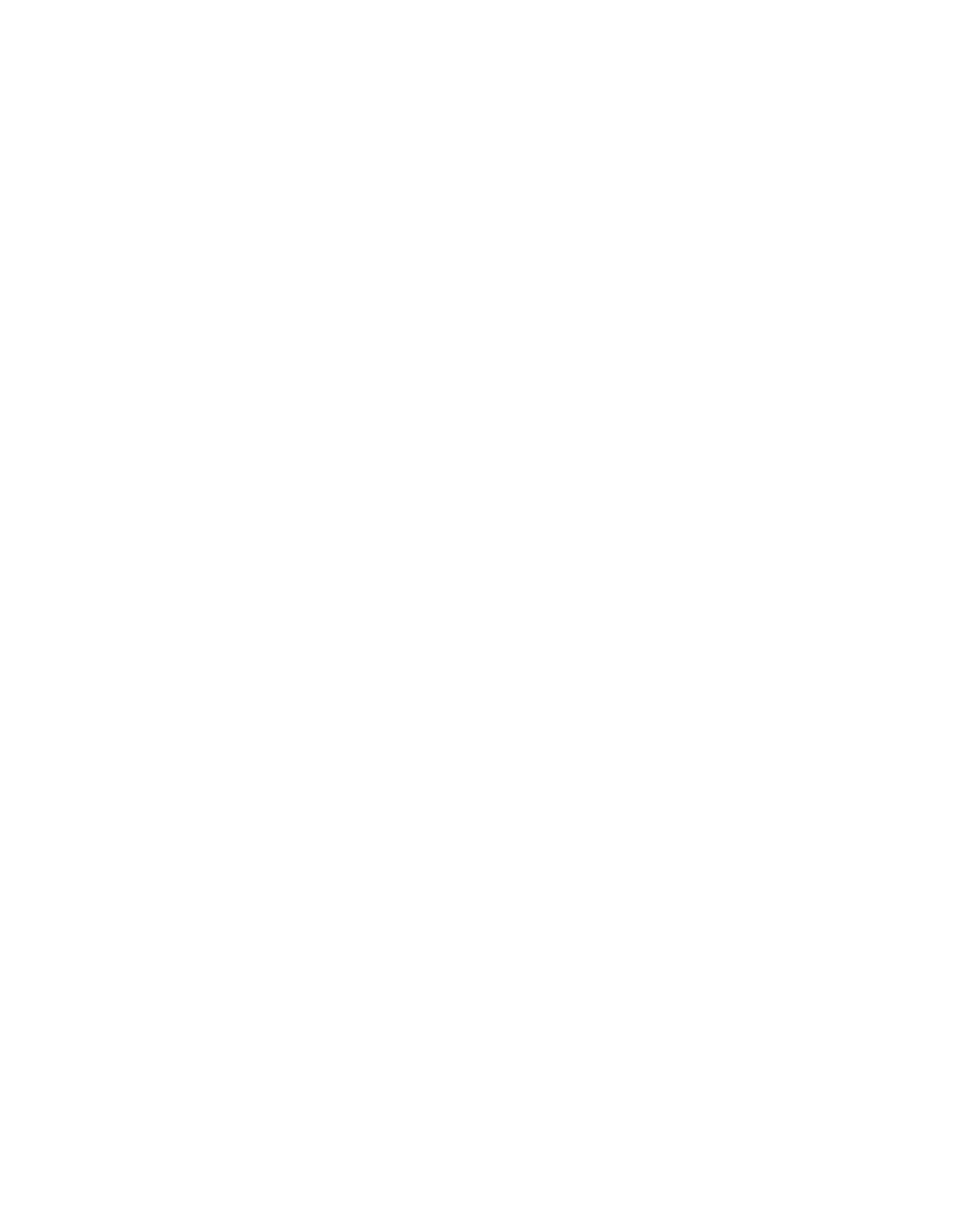ILLINOIS POLLUTION CONTROL BOARD
December
15,
1988
IN THE MATTER OF:
PROPOSED AMENDMENTS TO
)
35 ILL. ADM. CODE
201,
)
R87—38
SUBPARTS 3
& L (Self—Monitoring)
ADOPTED RULE.
!INAL
ORDER.
OPINION AND ORDER OF THE BOARD (by 3.0. Dumelle):
This matter
is before
the Board upon
a proposed rule change
to
the provisions of 35 Ill.
Adm.
Code Part 201, Subparts J&L
(Self—Monitoring).
This rulemaking was jointly proposed
by the
Illinois Manufacturers Association,
the Illinois Environmental
Protection Agency,
and Citizens
for
a Better
Environment
in
response
to
a federal lawsuit entitled CBE,
et al.
v.
Lee N.
Thomas,
Administrator,
USEPA,
No.
80
C 0003,
(N.D.
Ill.).
In
general,
the new regulation would require certain fossil fuel—
fired
steam
generators,
sulfuric acid plants,
nitric acid plants
and petroleum refineries
to conduct self—monitoring
of certain
types or air emissions.
BACKGROUND
In specific, fossil fuel—fired steam generators with annual
average capacity factor greater
than
30,
as reported
to the
Federal Power Commission
in 1974,
or as otherwise demonstrated to
the IEPA, will be required
to monitor air emissions for opacity
unless the generator
is less than 250 million Btu per hour heat
input or
if gas
is the only fuel burned,
or
if oil or
a mixture
of gas and oil
is utilized, when the source can comply with the
applicable regulations regarding particulate matter
and opacity
without collection equipment
and
the
source has
never been found
to be in violation of visible or particulate emission
regulations.
Additionally,
these same fossil fuel—fired steam
generators will also be required
to monitor
for nitrogen oxides
when there is
greater than 1000 million Btu per hour heat input,
and when
located
in
an
area
where
the
USEPA
has
decided
that
a
control
strategy for nitrogen dioxide
is necessary;
and when the
owner
or operator has not demonstrated emissions
to be less than
30
below the applicable
emission standards.
Similarly these same fossil fuel—fired steam generators must
also self—monitor for sulfur dioxide when the generator
is
greater than 250 million BLu per
hour heat input
and has
installed and operates sulfur dioxide pollution control
equipment.
94—203
—2—
Finally,
these same fossil fuel—fired steam generators must
also self—monitor
for oxygen or carbon dioxide when measurements
of oxygen and carbon dioxide
in the flue gas are required
to
convert sulfur dioxide or nitrogen oxide emissions data
to units
of applicable emission standards.
In addition
to the fossil fuel—fired
steam generators
referenced
above certain other industrial
plants. will also be
required
to conduct self—monitoring.
Sulfuric acid plants
of
greater than 300 tons per day production capacity (expressed
as
100 percent acid) will monitor
for sulfur dio~ideat each point
of sulfur dioxide emissions.
Nitric acid plants of greater than
300 tons per day production capacity (expressed as
100 percent
acid)
located
in areas designated by USEPA as requiring
a control
strategy
for nitrogen dioxide will be required
to monitor
for
nitrogen oxides at each point of nitrogen oxide
emissions.
And
petroleum refineries
shall monitor for opacity at each catalyst
regenerator
for fluid
bed catalytic cracking units
of greater
than 20,000 barrels per day fresh feed capacity.
The proposed regulation contains
a provision allowing for
alternative self—monitoring upon
a demonstration that continuous
monitoring
is technically unreasonable or
infeasible or due
to
extreme economic burden.
Alternative self—monitoring
requirements would
be
imposed by permits issued by the IEPA.
Certain emission sources will be exempt from the self—
monitoring requirements.
These include emissions sources subject
to new source performance standards and any source not subject
to
either the applicable emission limitation established pursuant
to
the Act or Board regulation or when an alternative, adjusted or
site—specific standard has been set by the Board.
The proposed regulation sets forth
the data which are
required
to be reported
to
the IEPA,
including,
inter alia,
starting times and dates,
durations, magnitudes etc....
The
proposed regulation also contains
a provision governing
malfunctions of the self—monitoring equipment,
stating that
monitoring and recording requirements shall not be applicable
during malfunctions so long as the owner
or operator demonstrates
that the malfunction was unavoidable and
is being repaired as
expeditously
as possible.
Finally,
the proposed regulation sets forth
the manner by
which recorded data shall be expressed,
the manner by which the
recorded data shall
be retained and times for compliance.
On February 25,
1988 the Board adopted the proposal,
as
submitted for First Notice,
and directed the hearing officer
to
schedule two merit hearings.
The first hearing was held on April
8,
1988
in Chicago;
the second hearing was held on April
22,
1988
in Springfield.
The proponents were notified
of the hearings and
were represented.
94-204
—3—
At the April
8,
1988, merit hearing, testimony in support of
The proposal was provided by Mr. Lauren Laabs, who spoke on
behalf of the Illinois Manufacturers Association.
Mr.
Laabs’
testimony explained the history of this proceeding, discussed
its
relation
to USEPA and Illinois’ State Implementation Plan,
and
set forth a thorough explanation
of the proposed regulation.
Next,
Mr. Frederick Smith, Manager
of the Source Emissions
Testing Unit of the Division of Air Pollution Control of the IEPA
was called by joint proponent,
IEPA.
Mr.
Smith testified on
behalf of the proposal and further explained the proposal.
The second merit hearing of April
22, 1988 contained no new
prepared testimony by joint proponents.
However, representatives
from industry did speak and asked questions.
The second merit
hearing consisted mainly
of follow—up questions, suggested
language changes
to correct typographical errors and
a statement
from Bill Denham of the Illinois Department
of Energy and Natural
Resources stating
that
if all economic data were timely provided,
a decision on the necessity of
a EcIS could be rendered shortly.
PUBLIC COMMENTS
Two comments were received after First Notice publication.
On May Il,
1988
the Department of Commerce and Community Affairs
(DCCA)
filed
a comment which stated that the proposed rule will
have no effect on small businesses affected by the
rule.
On
April
21,
1988 comments were filed by the United States
Environmental Protection Agency
(USEPA),
Region
V,
in response
to
a request for clarification made at the April
8,
1988 hearing.
The request for clarification concerned the
issues of
1)
the cost
of Federal promulgation of
a continuous emission monitoring
(CEM)
rule and,
2)
whether alternative procedures and requirements must
be submitted
to USEPA as revisions of the Illinois State
Irn~1ementationPlan (SIP).
In response
to the first posed question
(regarding
the
costs,
if any, of Federal promulgation of
a CEM rule), USEPA
stated that the State’s failure
to adopt
a CEM rule which
satisfies Federal requirements would necessitate USEPA’s
promulgation
of
a CEM into the SIP.
The cost of work associated
with such promulgation would be deducted
from Illinois’ Federal
Assistance allocation.
USEPA estimated such cost at $60,000.
In response
to the second posed question
(whether
authorizing alternative
but equivalent procedures and
requirements
for CEM systems must be submitted
to USEPA as
revisions of the SIP),
USEPA answered affirmatively stating,
“USEPA believes this
is
a necessary requirement
of approval of
a
CEM rule.”
Additionally,
USEPA noted
as
follows:
“In addition,
the Illinois rule being adopted should clearly state
that
these
modifications will not be effective until approved by USEPA.”
94—205
—4—
On June 27,
1988,
the Department of Energy and Natural
Resources (DENR) filed
a negative declaration stating
its
determination that the preparation of a formal economic impact
study is not necessary in this proceeding.
The negative
declaration was based on DENR’s finding that the cost of
a formal
study is economically unreasonable
in relation to the value of
the study to the Board
in determining the adverse economic impact
of the regulation.
On August
4,
1988 the Board was notified
of
the concurrence by the Economic and Technical Advisory Committee
(ETAC)
in DENR’s negative declaration.
MOTION TO REVISE PROPOSED REGULATORY LANGUAGE
On June 29,
1988 the Illinois Manufacturers’ Association
(IMA) proposed minor changes
to the proposed
language.
The
proposed language essentially corrected typographical errors and
provided suggested clarifying language for the proposed rule.
The proposed language did not alter
the substance of the original
regulatory language and was not opposed by co—proponents.
The proposed changes were as follows:
Section 20l.40l(a)(2),
“....
the production
being expressed
as
100 percent acid
Section 201.401(a)(3),
“nitric acid plants
of greater...”
Section 201.401(b),
“Set forth
in:
1)
paragraphs 3.1
through 3.8 of
40 CFR 51,
Appendix P
(1987).
This
incorporation
includes no
later amendments
or editions;
and
2)
relevant
portions of
35
Ill.
Adm.
230,
Appendix A
& B.”
Section 201.402,
“...
continuous
monitoring system or
device”
Section 201.403(a),
“...
new source
performance standard
94—206
—5—
adopted by USEPA
pursuant to Section
111
of the Clean Air
Act and made
applicable in
Illinois pursuant
to
9.1 of the Act;
or
Section 201.401,
“...
repaired as
expeditously as is
practicable.”
Section 201.405(a)(7),
“other information,
including but not
limited
to, monitor
location,
monitor
maintenance
records
and
source
operation
hours,
which
the
Agency may require by
permit.”
Section 201.406(a),
“...
procedures
specified either in
35 Ill. Adm.
Code
230,
or
in any
applicable monitoring
requirements which
are part of
a new
source performance
standard adopted by
USEPA pursuant to
Section 111 of the
Clean Air Act and
made applicable
in
Illinois pursuant to
Section 9.1 of the
Act;
or
...“
Section 201.406(b),
“...
40 CFR 51,
Appendix
P, paragraph
5,
(1987).
This
incorporation
includes no later
amendments or
editions;
or
...“
Section 201.408,
“...
this schedule
shall provide that
monitoring and
recording begin
within 18 months...
94—207
—6—
Except for the suggested language change
in Section
201.401(b),
supra,
the Board granted the Motion To Revise
Proposed Regulatory Language.
Notwithstanding, Section
201.401(b) has been corrected
to reflect the substance of the
change sought by movant; but the language adopted was,
for
grammatical reasons,
not the identical
language sought by movant.
On October
24,
1988 the Board forwarded its Second Notice
Package and Agency Analysis of Environmental Budgetary Effects Of
Proposed Rulemaking
to the Joint Committee On Administrative
Rules
(JCAR).
On October
25,
1988 JCAR acknowledged receipt of
the package and scheduled consideration of the proposal
for
November
15,
1988.
On October
28,
1988,
after reviewing the
proposed rulemaking and second notice data,
the Board received a
seven page document setting forth general problems and questions
concerning
the proposed rulemaking.
The document also requested
a prehearing conference
among JCAR,
the proponents and the
Board.
A telephone conference was arranged during which
the
proponents and JCAR resolved outstanding issues.
As result of the conference,
the Board agreed
to make the
following changes
in
its final proposal.
1.
To update
all CFR citations
to
1987.
2.
To add the following after “Agency” in
Section 201.40l(a)(1):
“through the use
of annual production data and equipment
rating information representative of the
facility’s operations.”
3.
To change “applicable regulations”
to
“limitations applicable
to that source”
in Section 201.401(a)(l)(A)(ii).
4.
To add “pursuant to Section 107 of the
Clean Air Act
(42 U.S.C.
7407)”
after
“determined”
in Section
201.401(a) (1) (B) (ii).
5.
To add the following after
“compliance
tests”
in
Section
20l.40l(a)(1)(B)(iii):
“performed
pursuant
to 35 Ill.
Adm.
Code
230.Appendix A
or
in regulations adopted
by the U.S. Environmental Protection
Agency under Section 111
of the Clean Air
Act and made applicable
in Illinois
pursuant
to Section 9.1
of the Illinois
Environmental Protection Act.”
94—208
—7—
6.
To change “applicable emissions
standards”
to “emissions standards
applicable to that source”
in Section
201.401(a) (1) (B) (iii).
7.
To add
the following after “required” in
Section 20l.40l(a)(l)(D):
pursuant
to 35
Ill.
Adin.
Code 230.Appendix A or
in
regulations adopted by the U.S.
Environmental Protection Agency under
Section
ill of the Clean Air Act and made
applicable
in Illinois pursuant to
Section 9.1 of the Illinois Environmental
Protection Act or 40 CFR
51, Appendix
P.
(This amendment includes no later
amendments or editions.
8.
To change “applicable emission standards”
to “emission standards applicable to that
source”
in Section 20l.40l(a)(l)(D).
9.
To add “pursuant
to Section 107 of the
Clean Air Act” after “determined”
in
Section 201.40l(a)(3).
10.
To add the following language
in Section
201.402 after
“provided”
to clarify what
constitutes
an “extreme economic
burden”:
“,
in that the cost of
monitoring would exceed the norm for
Similar sources and those costs would
have a significant adverse effect on the
Profitability of
the operation.”
11.
To add
“,
location” after “installation”
in the last sentence of
Section 201.402.
12.
To add “generally”
before “applicable” in
Section 201.403(b).
13.
To add the following language
to Section
201.404:
“This demonstration may
include, but
is not limited
to, evidence
that
the
device
has
been
properly
calibrated
and maintained,
adequate spare
parts are on hand,
and trained
technicians are available
to make
repairs.
14.
To add “applicable to the source” after
“limitation” in Section 201.405(a).
94—209
—8—
15.
To replace “applicable emission
limitation” with “emission limitation
applicable to the source”
in Section
201.405(b).
16.
To replace
“40 CFR
60
(1985)” with
“35
Ill. Adm.
Code
230 or
in regulations
adopted by the U.S. Environmental
Protection Agency under Section 111 of
the Clean Air Act and made applicable
in
Illinois pursuant to Section 9.1 of the
Illinois Environmental Protection Act” in
Section 201.406(a).
17.
To add
“by means including,
but not
limited
to, instrument accuracy tests”
after
“source” in Section 201.406(c).
18.
To add “pursuant to Section 110(a)(3)(A)
of the Clean Air Act” after
“USEPA”
in
Section 201.408.
On November
15,
1988,
the Joint Committee on Administrative
Rules served
its Certificate Of Objection regarding this
rulemaking.
The objection was
a result of the Board’s failure
to
provide all data which had been received concerning
the economic
impact of the proposed rule on the regulated community.
ENVIRONMENTAL IMPACTS
The Board
notes that the record
is sparse concerning the
environmental impacts and health consequences of the proposed
rule.
The joint proponents were notified of the hearings and
Were presented an opportunity to submit additional
data
concerning environmental
impacts.
Notwithstanding
this,
the Board
takes notice of earlier
rulemakings involving opacity standards, nitrogen oxide,
sulfur
dioxide, and carbon monoxide.
The environmental
impacts of these
pollutants are well known and the Board considered these when
Proposing the regulations.
ECONOMIC ANALYSIS
The size of the community regulated by this rulemaking
is
relatively small.
This
is due to Section 201.401 which sets
forth the qualifications for
a facility’s being required
to
conduct continuous monitoring.
Through the testimony and evidence,
it has been reported to
the Board that there are approximately nineteen
(19)
industrial
facilities which would
be affected by the proposed
rule.
94—210
—9—
Shell Oil Company, Wood River,
Illinois, submitted data
showing annualized costs
for two (already installed)
opacity
analyzers at twenty—one thousand dollars ($21,000) per year.
That figure also included staff time required
to review
the
monitoring records and file any necessary reports.
Commonwealth
Edison submitted economic data concerning installation and
operating and maintenance costs
for opacity monitors installed at
all its coal—fired generating stations.
The total costs for the
equipment and installation were reported as
follows:
Station
t Stacks
Tot~1Costs*
Crawford
2
$
850,000
Fisk
1
500,000
Joliet
3
1,900,000
Kincaid
1
190,000**
Powerton
1
1,200,000
State Line
2
1,060,000
Waukegan
3
1,400,000
Will County
4
1,700,000
*1980 dollars
**Cost
for Opacity Monitors only
Edison further stated that
it was difficult
to determine an
accurate average annualized cost per monitor without an in-depth
study at each monitoring location.
However,
it noted that the
fact that opacity monitors are sheltered from the elements and
are easily accessible via the stack elevators has significantly
reduced operational
and maintenance costs.
Edison further noted
that use
of its own trained instrument mechanics was an important
economic factor.
In sum Edison estimated annual operation and
matntenance costs
in
a range of $2,000
—
$4,000 per monitor,
per
year.
Additionally,
ten other facilities were identified
as being
regulated pursuant
to the proposed rule.
These were as
follows:
CPC Corn Products,
Argo,
Illinois;
Quantum Chemicals, Tuscola,
Illinois;
Jefferson Smurfit, Alton,
Illinois;
Pekin Energy Corporation, Pekin,
Illinois;
Amax Zinc, Sauget, Illinois;
Clark Oil, Blue Island, Illinois;
Marathon Petroleum,
Robinson,
Illinois;
Mobil Oil, Joliet,
Illinois;
Shell
Oil, Roxanna,
Illinois;
and
Union Oil,
Romeoville,
Illinois.
Although subject to the proposed rule the above facilities have
not yet
installed the required monitors.
94—211
—10—
Based upon the foregoing analysis,
the fact that this
is
a
joint proposal by industry, the IEPA and environmental groups and
the absence of any indication or evidence that these rules are
not economically reasonable,
the Board hereby adopts
the
following amendment to the Illinois Administrative Code.
ORDER
The Board hereby adopts,
as
final,
the following amendments
to be filed with the Secretary of State.
TITLE
35:
ENVIRONMENTAL PROTECTION
SUBTITLE B:
AIR POLLUTION
CHAPTER I:
POLLUTION CONTROL BOARD
SUBCHAPTER
a:
PERMITS AND GENERAL PROVISIONS
PART 201
PERMITS AND GENERAL PROVISIONS
SUBPART A:
DEFINITIONS
Section
201.101
201.102
201.103
201.104
Section
201.141
201.142
201.143
201.144
201.146
201.147
201. 148
201.149
201. 150
201.151
Other Definitions
Definitions
Abbreviations
and
Units
Incorporations
by
Reference
SUBPART B:
GENERAL PROVISIONS
Existence of Permit No Defense
Proof of Emissions
Burden of Persuasion Regarding Exceptions
Annual Report
Severablity
Repealer
SUBPART C:
PROHIBITIONS
Prohibition of Air Pollution
Construction Permit Required
Operating Permits for New Sources
Operating Permits
for Existing Sources
Exemptions from Permit Requirement
Former Permits
Operation Without Compliance Program and Project
Completion
Schedule
Operation
During
Malfunction,
Breakdown
or
Startups
Circumvention
Design of Effluent Exhaust Systems
Section
201.121
201.122
201.123
201.124
201.125
201.126
94—2 12
—11—
SUBPART
D:
PERMIT APPLICATIONS
AND REVIEW PROCESS
Section
201.152
Contents of Application
for Construction Permit
201.153
Incomplete Applications
201.154
Signatures
201.155
Standards for Issuance
201.156
Conditions
201.157
Contents of Application
for Operating Permit
201.158
Incomplete Applications
201.159
Signatures
201.160
Standards for Issuance
201.161
Conditions
201.162
Duration
201.163
Joint Construction and Operating Permits
201.164
Design
Criteria
201.165
Hearings
SUBPART
F:
RENEWAL,
REVOCATION,
REVISION
AND
APPEAL
Section
201.207
Revocation
201.209
Revisions to Permits
201.210
Appeals from Conditions
SUBPART
H:
COMPLIANCE PROGRAMS AND
PROJECT COMPLETION SCHEDULES
Section
201.241
Contents of Compliance Program
201.242
Contents of Project Completion Schedule
201.243
Standards for Approval
201.244
Revisions
201.245
Effects
of
Approval
201.246
Records and Reports
201.247
Submission and Approval Dates
SUBPART
I:
MALFUNCTIONS,
BREAKDOWNS
OR
STARTUPS
Section
201.261
Contents of Request
for Permission to Operate
During
a
Malfunction,
Breakdown
or
Startup
201.262
Standards for Granting Permission to Operate During
a Malfunction, Breakdown or Startup
201.263
Records
and Reports
201.264
Continued Operation
or Startup Prior
to
Granting
of
Operating
Permit
201.265
Effect
of
Granting
of
Permission
to
Operate
During
a Malfunction, Breakdown or Startup
94—2 13
—12—
SUBPART
J:
MONITORING AND TESTING
Section
201.281
201.282
201.283
Permit Monitoring Equipment Requirements
Testing
Records and Reports
SUBPART K:
RECORDS AND REPORTS
Section
201.401
201.402
201.403
201.404
201.405
201.406
201.407
201.408
Appendix A
Appendix B
Appendix C
Continuous Monitoring Requirements
Alternative
Monitoring
Exempt Sources
Monitoring System Malfunction
Excess Emission Reporting
Data Reduction
Retention of Information
Compliance Schedules
Rule
Into Section Table
Section Into Rule Table
Past Compliance Dates
AUTHORITY:
Implementing Section
10
arid
authorized by Section
27
of the Environmental Protection Act
(Ill.
Rev.
Stat.
1987,
ch.
l11~, pars.
1010 and 1027)
SOURCE:
Adopted as Chapter
2:
Air Pollution,
Part
I:
General
Provisions,
in R71—23,
4 PCB 191,
filed and effective April
14,
1972;
amended
in R78—3
and
4,
35 PCB
75 and 243, at
3
Ill.
Reg.
30,
p.
124,
effective July 28, 1979;
amended
in R80—5,
at
7 Ill.
Reg.
1244, effective January
21, 1983;
codified at
7 Ill.
Reg.
13579; amended
in R82—1 (Docket
A) at
10
Ill.
Reg.
12628,
effective July
7,
1986; amended
in R87—38 at
____
Ill.
Reg.
______,
effective
_________________
SUBPART 3:
MONITORING AND TESTING
Section 201.281
Permit Monitoring Equipment Requirements
a)
Except as otherwise provided at Subpart
L of this Part,
~Bvery
emission source or air pollution control
equipment shall
be equipped with such monitoring
instruments
as may be required 4n ~ peed~e~
op~e~
by the Ageney ~
as
a condition
to
a permit issued by
the Agency.
S~ehp~oee&~e~e~dfm~e~- en& re~4
n~ bee~meeffee~ve
~
f4~edwtth the
Section
201. 301
201. 302
Records
Reports
SUBPART
L:
CONTINUOUS MONITORING
94—214
—13—
5eere~ery
of
S~e~ee~re~4redby the APA.
The Agency
permit may require that such monitoring instruments be
continuous or
intermittent.
Such monitoring instruments
shall be installed, maintained and operated at the
expense of the owner
or operator of the emission source
or air pollution control equipment.
A permit condition
to monitor
is appealable to the Board pursuant
to
Section 40 of the Act.
b3
Before edop~4ngor mek4ng
b~thn~4veehenge9 4n er~y
~
proeedt~re~
edopked by the
Agertey~
the Agency ~he33~
~
P~b3~4~h
e ~ttmmeryof the prope~ed
chenge~
~
the
Boerd News~ek~er
or
e eoMpereb~e
b3~4ee~tone~the
Ageney-~expen~ei~
end
~+
Prov4de
e
eo~y of
the
f~H
k~e~e~
of
the
o~oeed
ehertgee ~o erty
pereon
who ~rtwrit~ingeo
end
3-)~
Defer edop~4onof the ch~nge~for 4~deys from
the
de’ee of
b~iee~on~o e~3ew
brn4ee4on end
eone~dere~on
of
wr4t~t~eneozrtmen~e on
the
prepe~ed
e~emge~
(SOURCE:
Amended
at
___
Ill. Reg.
effective
_______________)
SUBPART L:
CONTINUOUS MONITORING
Section 201.401
Continuous Monitoring Requirements
a)
Except
as otherwise provided at Section 201.402 and
Section 201.403,
the owners and operators of the
following emission sources shall
install, operate,
calibrate and maintain continuous monitoring equipment
for
the indicated pollutants.
1)
Fossil fuel—fired steam generators with an annual
average capacity factor greater than
30,
as
reported
to the Federal Power Commission for
calendar year 1974,
or as otherwise demonstrated to
the Agency through the use of annual production
data and equipment rating information
representative of the facility’s operations,
shall
monitor
for:
A)
Opacity, when the steam generator
is greater
than 250 million Btu per hour heat input
unless:
i)
Gas
is the only fuel burned;
or
94—215
—14—
ii)
Oil
or
a mixture of gas and oil are the
only fuels burned and
the source can
comply with the limitations applicable
to
that source
for particulate matter
and
opacity without use of collection
equipment for particulate matter
and the
source has never been found
to be
in
violation of
an applicable visible or
particulate emission standard through any
administrative or
judicial proceedings.
B)
Nitrogen oxides,
when:
i)
The steam generator
is greater than 1000
million Btu per hour heat input;
ii)
The facility
is located
in an Air Quality
Control Region where
the Administrator,
U.S. Environmental Protection
Agency, has
specifically determined pursuant
to
Section 107
fo
the Clean
Air Act
(42
U.S.C.
7407) that
a control strategy
for
nitrogen dioxide is necessary to attain
the national standards;
and
iii) The owner or operator has not
demonstrated during compliance
tests
performed pursuant
to
35
Ill. Mm.
Code
230.Appendix A
or in regulations adopted
by the U.S. environmental Protection
Agency under
Section Ill of
the Clean Air
Act and made applicable
in Illinois
pursuant
to Section
9.1 of the Illinois
Environmental Protection Act that the
source emits nitrogen oxides at levels
less than 30
or more below
the emissions
standards applicable to that source.
C)
Sulfur dioxide, when the steam generator
is
greater than 250 million Btu per hour heat
input and which has installed and operates
sulfur dioxide pollution control equipment.
D)
Percent oxygen or carbon dioxide, when
measurements of oxygen or carbon dioxide
in
the flue gas are required pursuant
to 35
Ill.
Adm.
Code 230.Appendix A or
in regulations
adopted by the U.S. environmental Protection
Agency under
Section
Ill
of the clean
Air Act
and made applicable
in Illinois pursuant to
Section 9.1
of the Illinois Environmental.
94—216
—15—
Protection
Act,
or
40
CFR
51,
Appendix
P
(This
incorporation includes no later amendments or
editions.) to convert sulfur dioxide or
nitrogen
oxide continuous emissions data to
units of
the applicable emission standard
applicable to that source.
2)
Sulfuric acid plants of greater than 300 tons per
day production capacity,
the production being
expressed as 100 percent acid, shall monitor
for
sulfur dioxide at each point of”sulfur dioxide
emission.
3)
Nitric acid plants
of greater than 300 tons per day
production capacity,
the production capacity being
expressed as 100 percent acid,
located
in an Air
Quality Control Region where
the Administrator,
U.S. Environmental Protection Agency,
has
specifically determined pursuant
to Section 107 of
the Clean Air Act that
a control strategy for
nitrogen dioxide
is necessary
to attain the
national standard,
shall monitor
for nitrogen
oxides at each point of nitrogen oxide emission.
4)
Petroleum refineries shall monitor
for opacity at
each catalyst regenerator
for fluid
bed catalytic
cracking units of greater than 20,000 barrels per
day fresh
feed capacity.
b)
Except for
sources permitted to use alternative
monitoring pursuant
to Section 201.402, compliance with
the Illinois emissions limitations by the owners and
operators of emission sources required
to monitor
continuously shall be determined by the use of equipment
which meets the performance specifications set forth in
paragraphs
3.1 through 3.8 of
40 CFR 51,
Appendix
P
(1987)
(this
incorporation includes
no later
amendments
or editions),
and relevant portions of
35 Ill. Mm.
Code
230.Appendix
A and
B.
(SOURCE:
Added
at
___
Ill. Reg.
effective
______________)
Section 201.402
Alternative Monitoring
Alternative monitoring requirements for sources subject to
~ection 201.401(a) shall
be prescribed by permit upon
a
~emonstration by the owner
or operator that continuous monitoring
is technically unreasonable or
infeasible due
to physical plant
limitations or would
impose
an extreme economic burden.
It shall
be demonstrated
that the installation,
location or ooeration of
a
continuous monitoring system or device:
94—217
—16—
a)
Would
not provide accurate determinations of nitrogen
dioxide, sulfur dioxide, carbon dioxide, percent oxygen,
or opacity;
or
b)
Cannot be installed due
to the facility’s physical
constraints such as size, space
or strength
of
materials,
or due to safety considerations;
or
c)
Would im~osean extreme economic burden in proportion to
the significance of the monitoring information which
would be provided,
in that the cost of monitoring would
exceed the norm
for similar sources and those costs
would have
a significant adverse effect on the
profitability of the operations.
(SOURCE:
Added
at
___
Ill. Reg.
effective
_______________)
Section 201.403
Exempt Sources
The following emission sources are exempt from the requirements
of this Subpart:
a)
Any source subject
to monitoring requirements which are
part of
a new source performance standard adopted
by
USEPA pursuant
to Section 111 of the Clean Air Act and
made applicable
in Illinois pursuant
to Section 9.1
of
the Act; or
b)
Any source
not subject to either the generally
applicable emission limitation established pursuant
to
the Act or Board regulation or
an alternative, adjusted
or
site specific standard approved by the Board.
(SOURCE:
Added
at
Ill. Reg.
effective
______________)
Section 201.404
Monitoring System Malfunction
The monitoring
and recording requirements of this Subpart shall
not_be_applicable during any period of
a monitoring system or
device malfunction
if demonstrated
by the owner
or operator
of
the source that the malfunction was unavoidable
and
is being
repaired
as expeditiously as practicable.
This demonstration may
include,
but is not limited
to, evidence that the device has been
properly calibrated
and maintained, adequate spare parts are on
hand,
and trained technicians are available to make repairs.
(SOURCE:
Added
at
___
Ill.
Reg.
effective
_______________)
94—218
—17—
Section 201.405
Excess Emission Reporting~
Owners and operators of sources subject
to the continuous
monitoring requirements of this Subpart shall report the
following information:
a)
For periods of emissions in excess of any emission
limitation adopted by the Board:
1)
2)
3)
4)
5)
The starting date and time of the excess emissions;
The duration of the excess emissions;
known;
The magnitude of excess emissions;
The
cause
of
the
excess
emissions,
if
Corrective actions and actions taken to lessen the
emissions;
6)
The operating status of the monitoring system,
including the dates and
times of any periods during
which
it was inoperative;
and
7
Other
information,
including but not limited
to,
monitor location, monitor maintenance records and
source operating hours, which the Agency may
require by permit.
b)
For gaseous sulfur dioxide, percent oxygen,
or carbon
dioxide measurements,
the averaging period used for data
reporting shall correspond
to the averaging period used
to determine
compliance with the applicable emission
limitation applicable to the source.
The report shall
consist
of emission averages in the units of the
applicable limitation
for each averaging period during
which
the limitation was exceeded.
C)
For opacity measurements, the report shall be based on
six minute averag~esof opacity and contain
1)
The percent opacity for each continuous opacity
excess period;
and
2)
The start
and stop time
in six minute increments of
any opacity measurements
in excess of the
limitation.
d)
If there were no excess emissions during the reporting
~eriod, the report shall
so state and
include
information about
the operating status of the monitoring
equipment during that period.
94—219
—18—
e)
Reports shall be submitted within 45 days of the end of
every calendar quarter.
(SOURCE:
Added
at
___
Ill.
Reg.
effective
_______________)
Section 201,406
Data Reduction
To convert monitoring data to the units of the emission
limitation, owners and operators of sources subject
to this
Subpart shall use:
a)
The procedures specified
in 35
Ill. Mm.
code 230 or
in
regulations adopted by the U.S. Environmental Protection
Agency under Section 111 of the Clean
air Act and made
applicable in Illinois pursuant
to Section 9.1
of the
Illinois Environmental Protection Act;
or where
necessary
b)
The procedures specified
in 40 CFR
51, Appendix
P,
paragraph
5
(1987).
This incorporation includes
no
later amendments or editions; or
c)
Alternative measurement
and data reduction methods may
be utilized
if demonstrated by the owner
or operator
of
the affected source by means including, but not limited
to,
instrument accuracy tests that such alternative
methods will provide information equivalent to the
information which would be provided by the above
methods.
(SOURCE:
Added
at
___
Ill.
Reg.
effective
_______________)
Section 201.407
Retention of Information
Owners and operators of sources which are subject to the
monitorin9
and recording requirements of
this Subpart shall
maintain files
of emission information at the facility and make
the information available to the Agency upon
request.
This
information shall
be retained for
at least two years from the
date of collection,
and shall
include:
a)
Emission measurements
b)
Continuous monitoring system performance testing
measurements
c)
Performance
evaluations
d)
Calibration checks
94-220
—19—
e)
Maintenance
and
adjustments
performed
f)
Quarterly
reports
submitted
pursuant
to
Section
201.405;
and
Data
reduction
information
used
pursuant
to
Section
201.406.
(SOURCE:
Added
at
___
Ill.
Reg.
effective
_______________)
Section
201.408
Compliance
Schedules
Owners and operators of sources subject
to Section
201.401 shall
install
all necessary eguipment and monitor
in accordance with
the
compliance
schedule
contained
in
the
permit
issued
by
the
Agency.
This schedule shall provide that monitoring
and
recording begin within
18 months of this Subpart being approved
by the USEPA pursuant
to Section 110(a)(3)(A)
of
the Clean Air
Act as
a revision to the State Implementation Plan, unless
the
owner
or operator has been granted
a variance pursuant
to Section
35(a)
of the Act allowing
a longer compliance schedule.
(SOURCE:
Added
at
___
Ill.
Reg.
effective
________________
IT
IS SO ORDERED.
I,
Dorothy M.
Gunn,
Clerk of the Illinois Pollution Control
Board,
hereby
certify
that
the
above
Opi~nion and
Order
was
adopted
on
the
~
day
of
~
1988 by
a vote
of
___________
Ill
Control
Board
94—22 1




